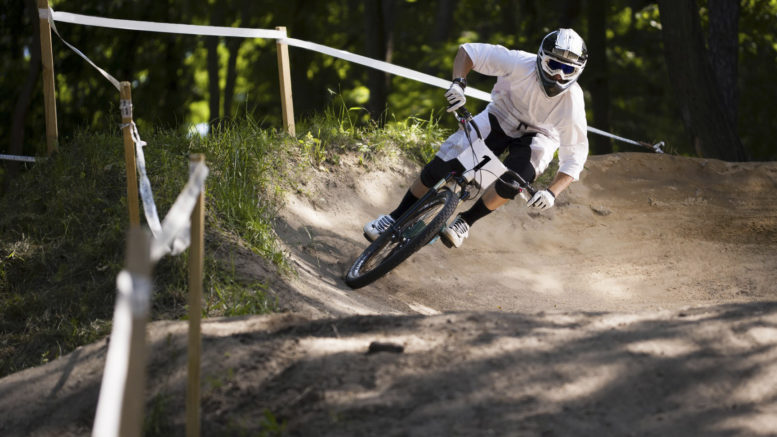[Forum] I was recently directed to the letter from P. Brandon, in which I was specifically described, and my reputation called into question.
As such I’d like to take the opportunity to respond to several of the points made in the letter.
Firstly, I challenge the validity of suggestions that Kincumba Mountain is being transformed into a ‘wasteland’ through the action of MTBers.
I’m aware of one new trail that has been built illegally over recent months and the majority of unsanctioned trails that have developed over the last 25 years.
However, the MTB community is in no way organised, and the unsanctioned building of trails isn’t within the control of any group of riders.
As such it’s also the case that illegal building is likely to continue in areas that are accessible to the community without effective management of trails in these spaces.
Moreover, it’s impossible to reconcile my own experiences of riding these trails in the dense bush of Kincumba Mountain, with the image of destruction and degradation that has been described.
It’s also these experiences that foster my desire to ride and protect the environments in which I do.
If the bush is destroyed or riders are excluded from it, so is an integral part of our lifestyles.
By failing to recognise this we’re missing an opportunity for a broader segment of the community to develop a relationship with the environment and recognise the importance of conservation.
Furthermore, it was posited that MTBers should use existing fire trails but unfortunately these are often poorly managed and eroded, making them dangerous to ride, worse for the environment than well managed MTB trails, and importantly, riding on fire trails doesn’t constitute MTB.
As such the riders that I know want to work with local land managers to develop culturally and ecologically sustainable trails that can benefit a wider portion of the community than just riders.
Formalising such networks would allow for the management of trails that provide the challenges and experiences that riders desire.
This would also help to control illegal trail building and offer the potential for things like multi-use trail signage to facilitate safe trail-sharing between groups like bushwalkers and riders.
Already, many walkers and families use the illegal trail network in areas like Kincumber and to make that community recreation more sustainable would be a great outcome for all.
Despite claims that it’s ‘hogwash’, the most current empirical research suggests that the environmental impact of MTB on sustainably built and well-maintained trails is no more than that of bushwalking.
Indeed, rather than it being a case of specific activities damaging the environment it’s all about how effectively trails are maintained.
In other words, a poorly managed bushwalking trail will cause similar levels of damage as a poorly built MTB trail.
Several studies have also explored the effects of MTB in environments that are as ecologically unique and sensitive as the Australian Alpine region and have highlighted that properly managed trail networks can effectively mitigate against negative impacts.
For example, both walkers and riders might dislodge loose surface material like rocks and stones, but with appropriate management of water and subsequent erosion, these materials will only travel a meter or so.
There has even been research that highlights the way unfounded and divisive mischaracterisations of MTB and riders as transgressive and troublesome can act as barriers to achieving these kinds of positive outcomes.
At the end of the day, it seems that those of us who’re invested in this issue have a lot in common and we should be working together as outdoor recreationists to achieve positive outcomes for all, including the environment.
It’s my hope that the broader Central Coast community sees this, along with the broader benefits that formalised and sanctioned mountain biking can bring to the region.
Email, Aug 24
J. Curtis, North Avoca



